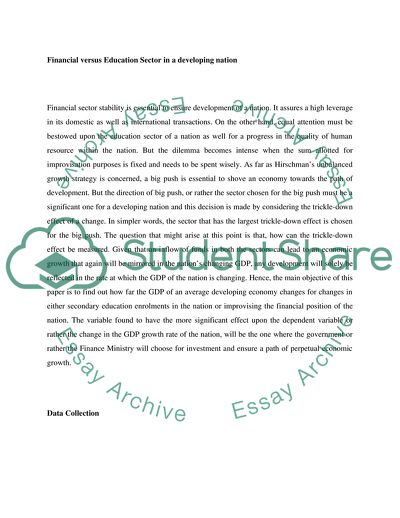Cite this document
(Financial vs Education Sector in Developing a Nation Research Proposal, n.d.)
Financial vs Education Sector in Developing a Nation Research Proposal. https://studentshare.org/macro-microeconomics/1731462-baraa
Financial vs Education Sector in Developing a Nation Research Proposal. https://studentshare.org/macro-microeconomics/1731462-baraa
(Financial Vs Education Sector in Developing a Nation Research Proposal)
Financial Vs Education Sector in Developing a Nation Research Proposal. https://studentshare.org/macro-microeconomics/1731462-baraa.
Financial Vs Education Sector in Developing a Nation Research Proposal. https://studentshare.org/macro-microeconomics/1731462-baraa.
“Financial Vs Education Sector in Developing a Nation Research Proposal”. https://studentshare.org/macro-microeconomics/1731462-baraa.


